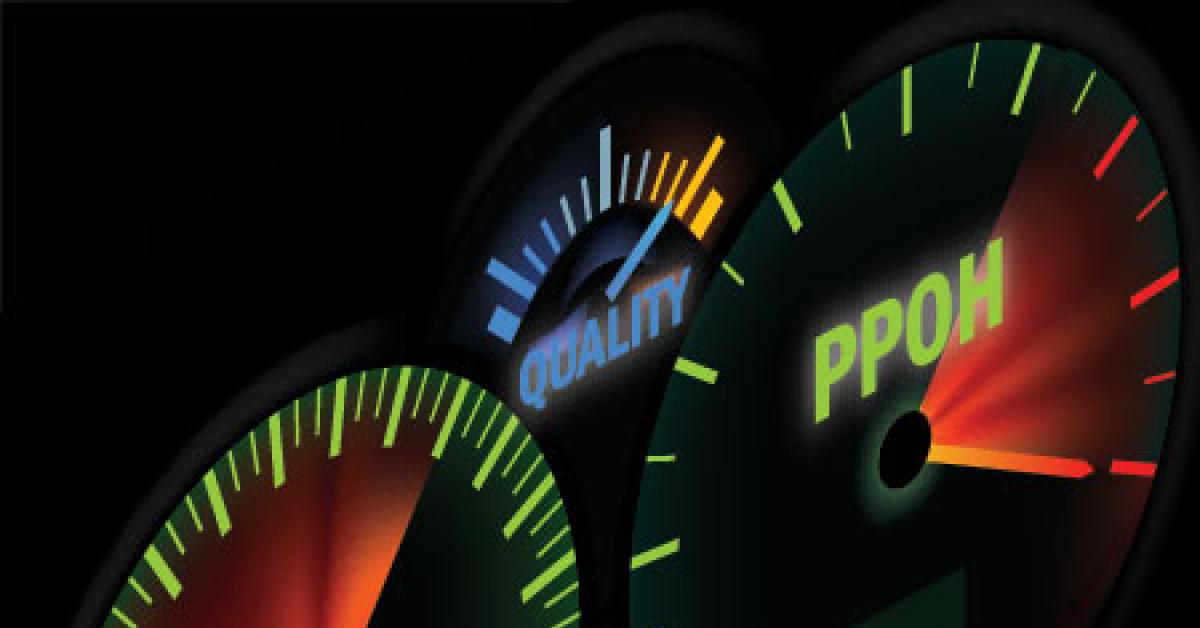SAN FRANCISCO — Seeing new drycleaning equipment almost always generates a temptation to own it or another preferred alternative. It looks so fresh and appealing that the draw to purchase is sometimes difficult to resist.
Should you surrender to that appeal or should you fight the impulse to buy? The only logical answer is to weigh the impact of a purchase as thoroughly as possible.
The productivity feedback from the equipment can lead to more realistic pricing and more accurate capturing of special care fees as it tracks the time required to process specialty work.
All equipment needs regular preventative maintenance and care. However, when searching for the funds to allocate to equipment improvement purchases, look at current maintenance costs and estimate how much will be saved in wasted production labor hours, maintenance wage and expense if the equipment works well and requires less emergency maintenance.
Disruption of any kind is expensive, as it puts the entire plant and distribution system out of sync with maximum efficiency. The reliability of the desired unit and the availability of good support are additional factors to consider in making a selection.
Another contributor to covering the purchase would be energy savings from the better energy efficiency ratings of the new machines. Ask your distributor and/or energy company to provide estimates for this savings.
When all of the savings listed are added together and combined with the higher sales potential of a consistently good customer experience, a new equipment purchase can be self-funding in a short period of time.
Other factors to be taken into consideration when making an equipment purchasing decision:
- Number of employees
- Efficiency of current staff
- Availability of dependable workforce
- Number of pieces processed
- Required turnaround time
- Facility configuration
- Propensity for technology
- Pride of ownership
- Advantageous pricing
The total number of employees currently needed to produce the work, and their efficiency, should be factored into your deliberations. Saving “one-third” of an employee may just result in that employee reducing his/her PPOH on the new unit in order to maintain full-time status. In this case, the savings of the purchase will not be realized unless the “freed” time is managed through reduced hours or diversion of those saved hours to a different productive purpose. It is easier to realize the savings of fully eliminating a full-time or part-time employee.
With the more challenging recruitment and retention being experienced by the industry, lower reliance on people to produce the work is a huge benefit of more efficient equipment and automation.
For example, in conjunction with a touch-up board and an experienced finisher, a good-quality steam tunnel may be used as a complete finishing station for a high percentage of items. Depending upon the product mix, these stations have regularly achieved 75 PPOH. The steam tunnel can also provide fast, high-volume pre-conditioning for items that would normally be put on a suzy one at a time, thereby increasing the productivity and reducing the labor at other stations throughout the plant.
Other examples of higher production while maintaining quality goals are:
- A high-performance double-legger can increase the PPOH to the 50 range. Since pants are typically 30-40% of the pieces processed, this increase in performance can cut your total labor significantly.
- Adjustable tensioning equipment that requires fewer steps and is easier to train new operators, requiring less skilled labor.
The number of total pieces processed and the required turnaround time influence your decision as well. If 1,000 sheets must be produced for a hotel account overnight, the equipment, labor and shift needs are much more demanding than retail work done for consumers on a regular retail schedule.
Facility configuration will dictate the amount of adaptation required to change or add equipment, so be sure to include that requirement in your cost calculations.
Another important factor to consider is your own propensity, and that of your staff, for technology.
A computerized addition to equipment has no value if it is not utilized for refinements, improvements and ease of management. Many plants we visit have installed capabilities far beyond those that are being utilized, so the excess expense appears to have been wasted. Conversely, productivity systems that are integrated with POS and financial systems produce real-time, actionable reports; reduce the office time spent by managers manually recording details; and have consistently resulted in higher efficiency and productivity.
If you determine that a purchase is not appropriate at the moment, you can still upgrade your existing units by tuning, cleaning and freshening their finish.
When your new-equipment purchase decision is made, do not neglect the maintenance of existing equipment prior to installation of the new units.
In summary, a decision to buy new equipment, while seeming simple on the surface, is actually a complex set of considerations. It may help you discover an abundance of benefits that will contribute to your ability to capitalize on advantages of ownership and pay for the acquisition you want to make.
Although some advantages are more difficult to equate in monetary terms, most of the benefits can be assigned fairly predictable financial value, so the decision becomes more rational.
If you missed Part 1 of this story, you can read it HERE.
Have a question or comment? E-mail our editor Dave Davis at [email protected].

